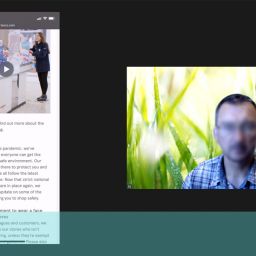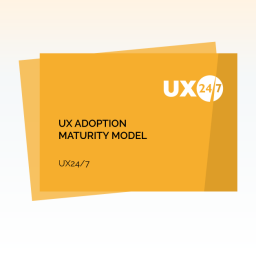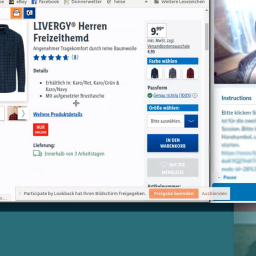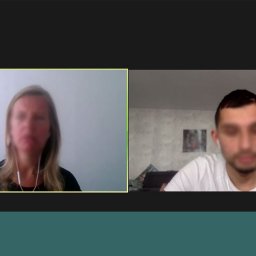
Saving time and money by utilizing discovery research methods
In my experience, the organisations that are more mature in UX carry out lots discovery research. Those that are less mature tend to focus on usability testing later in the development cycle. I thought it would be worth exploring why that is the case.
It is probably worth exploring the evolution of UX maturity in organisations and I will do that in another blog post because it is a subject in it’s own right. Suffice to say, there is a bit of inertia that exists at the lower levels of maturity and it can take a long time for organisations to move beyond usability testing. I think there are a number of reasons for this:
Usability testing delivers so much
When very immature organisations carry out usability testing for the first time it is hugely eye-opening. Not only do they receive an action list a mile-long, for many it is the first time they have ever seen their customers interact with their product. It becomes their go-to methodology and they find it increasingly easy to get budget for the activity.
Usability testing allows them to design
A lot of digital teams have very clear ideas about the way their digital product should be designed to meet customers needs. If they put their prototype in front of customers using usability testing it isn’t necessarily a methodology that will put the breaks on a bad idea. It is more likely to help improve the design so that it performs better even if perhaps it shouldn’t have been pursued in the first place.
Why do more mature organisations utilize discovery research?
Mature organisations tend to be more open minded about their approach to digital development. They will often have customer involvement at the very heart of their organisation. They use discovery research because they want customers to inform their product road-map. This is because they believe they will delivery better, more differentiated products and services as a result.
They also understand that by utilising discovery research they will save time and money later in the development cycle. The easiest way to illustrate this is with an example.
We recently conducted multiple rounds of research for one of our less mature clients. The proposition was reasonably complex and had no underlying background research. The research we delivered was all usability testing with the developing prototype.
In the first phase of research there was feedback about the proposition alignment. As the research program progressed there were issues of taxonomy, mental models, user journey design and more. The issues distracted from the fundamental goal of the usability testing so ended up being semi-discovery because the insight generated was far more strategic than anticipated.
As the prototype and proposition were adapted to reflect the feedback more usability testing was required to evaluate the changes. If the client had carried out one round of well organised discovery research, they could have reduced the number of rounds of usability testing significantly. This would have saved them money overall and also reduced the timeline. Crucially, it would also have delivered them a better product.
If you would are unsure how to move the UX maturity of your organisation forward, or think that discovery research could help you develop better products then get in touch on +44(0)800 0246247 or email us at hello@ux247.com.

















